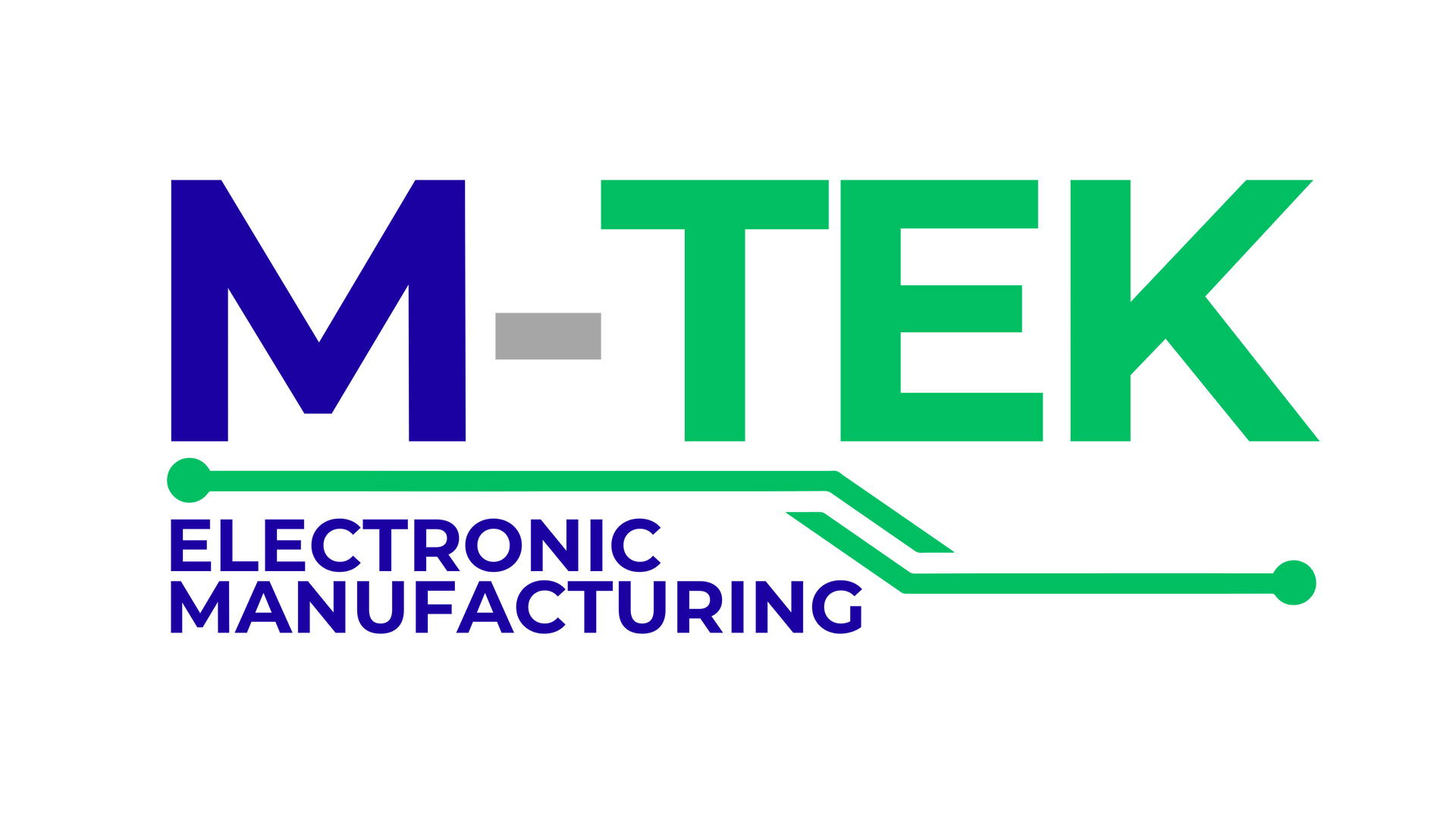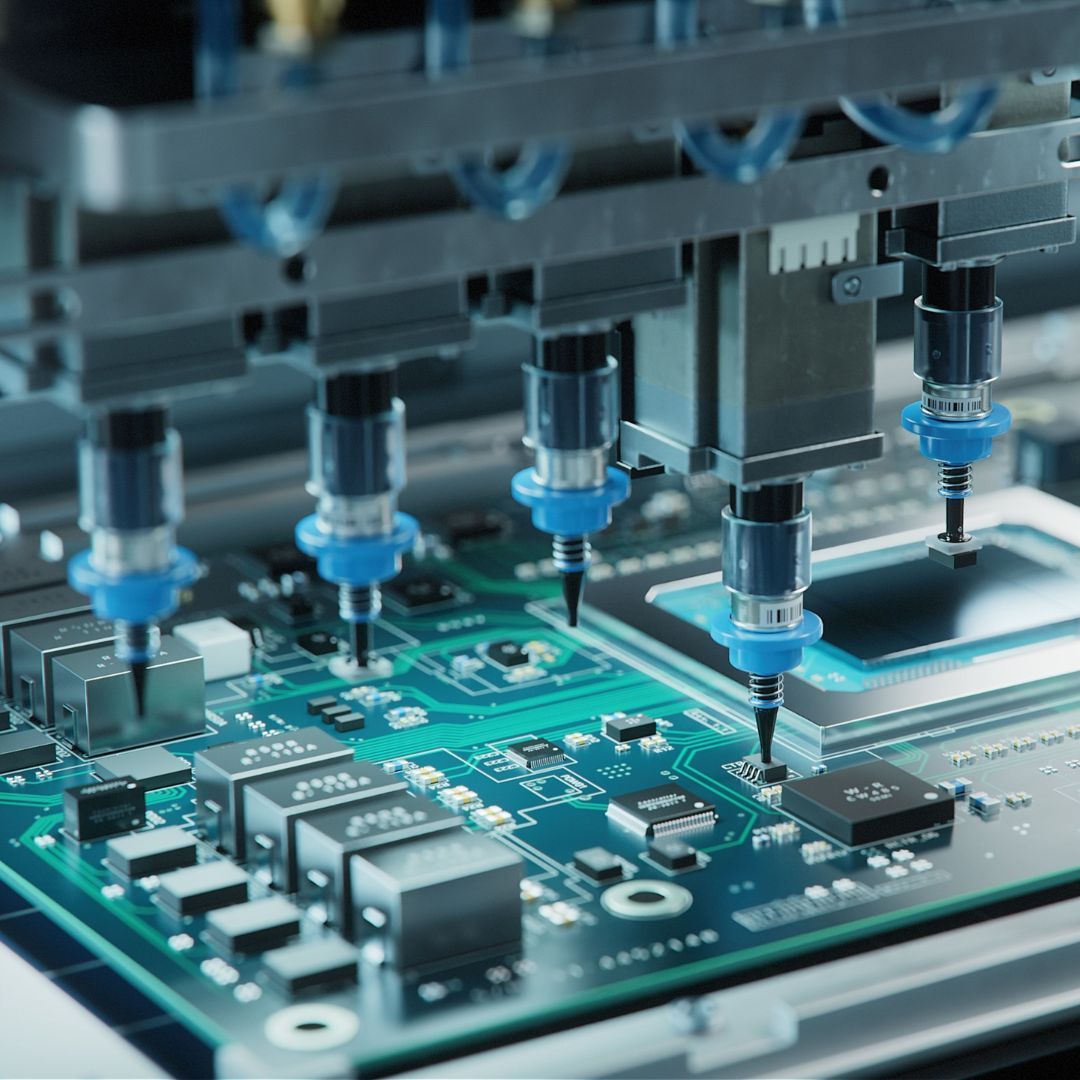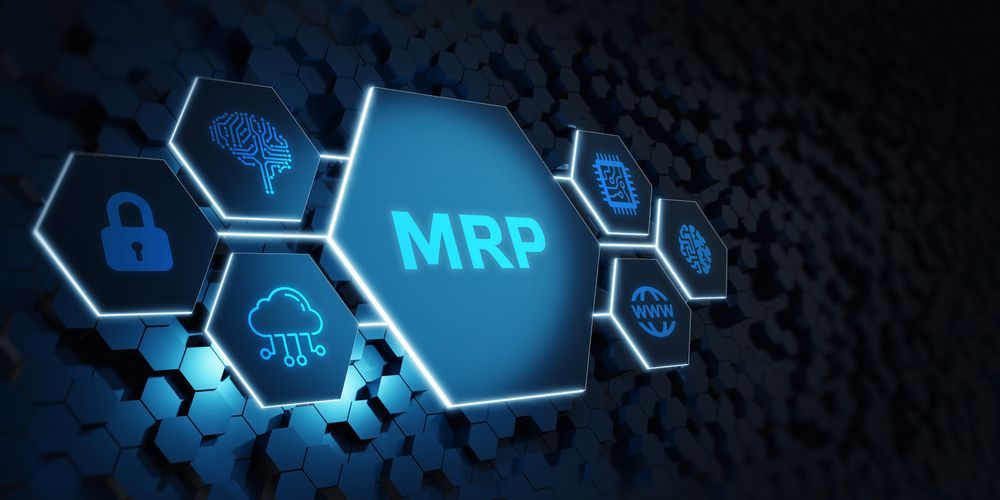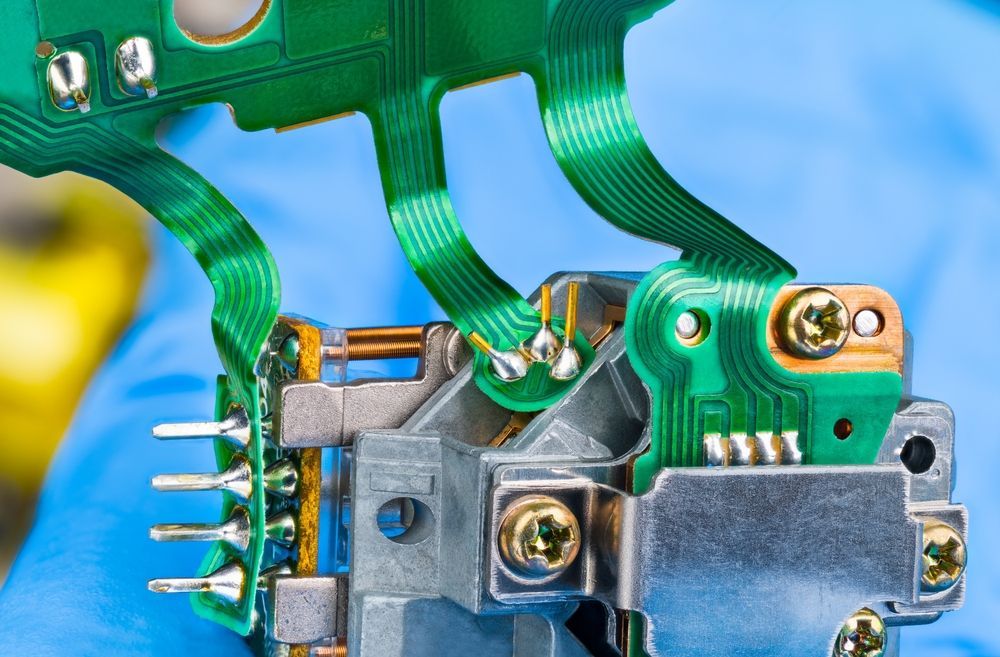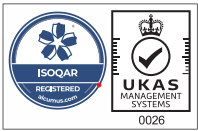Everything You Need to know about Debugging

Debugging is a procedure for removing errors that allows software development and engineering teams to generate fully functioning computer programmes. Teams must learn how to improve the efficiency of the debugging process so that businesses can deliver an efficient product to customers. You can determine the best method for your programming efforts by learning more about debugging.
What is Debugging?
Debugging is a computer programming process for locating and resolving errors in software or a website, which are commonly referred to as "bugs." It frequently necessitates a comprehensive procedure to determine why a bug occurred and ensure that a programme will run smoothly for users in the future.
Software developers and engineers frequently debug programmes by viewing and editing the coding language, which contains instructions for how a programme works. Debugging enables them to address specific sections of code to ensure that every part of a programme operates as expected and optimally as possible.
Here are some key terms to understand during the debugging process:
- Debugging tool: Also known as a debugger, this is software that allows you to locate the error in a piece of code and make any necessary changes.
- Exception: An event that disrupts the expected flow of code in a programme. In some cases, the programme can handle the exception and continue to run; however, if the exception interrupts the programme, you should typically begin debugging.
- Application programming interface: Also known as API, this tool enables different coding languages to work together in a single programme. An internet API, for instance, may allow a user to log into one website using an account from another.
- Compiler: A programme that converts a coding language into a usable format, allowing you to debug the programme. It can identify some code errors and provide solutions, but you may need to use a debugging tool to address them.
- Variable: A variable is a method of categorising storage in a program's code. Variables in the code can be arranged to perform different actions, including using one for a set of numbers to include it in one line of code.
- Value: This is the name that you give to a variable after you create it. A number set's value could be "payroll information."
- Function: In the code of a programme, a function specifies how variables are translated into action. Additionally, functions enable a programme to function as software engineers and developers planned.
- Breakpoint: When using a compiler to execute programme code, breakpoints can be used to stop the code from running in sections that contain a previously identified error. Breakpoints are typically used during the debugging process to investigate an exception or similar event.
- Input: This term refers to the programming language that instructs a programme to perform a specific action or function. To test whether a programme works, enter a coding language into a compiler.
- Output: This is the coded data that a programme generates after being executed with a compiler, and it typically differs from input due to how the functions in the code interact. Debugging a programme is usually done to ensure that the output matches the expected data arrangement.
What is the Significance of Debugging?
Debugging is essential because it allows software engineers and developers to correct errors in a programme before releasing it to the public. It is a process that supplements testing by learning how an error affects a programme as a whole. You can discover which variables and functions to adjust systematically by inspecting each section of code. Debugging can also improve a product's quality, which may lead to an increase in the number of successful feedback reviews a company receives.
About M-Tek Assembly Ltd
M-Tek Assembly is a PCB manufacturer that specialises in producing low-cost, high-quality printed circuit boards and debugging. We have years of industry experience, and our team of skilled engineers will guide you through the entire process. You will also be helping to save the environment by using M-Tek for printed circuit board repairs. We have achieved a net-zero carbon footprint by using electric vehicles, and for every circuit board we build, we plant a tree! Contact one of our SMT and PCB assembly experts today for assistance. Call 01189 455377 or follow us on Twitter to learn more about our services.
